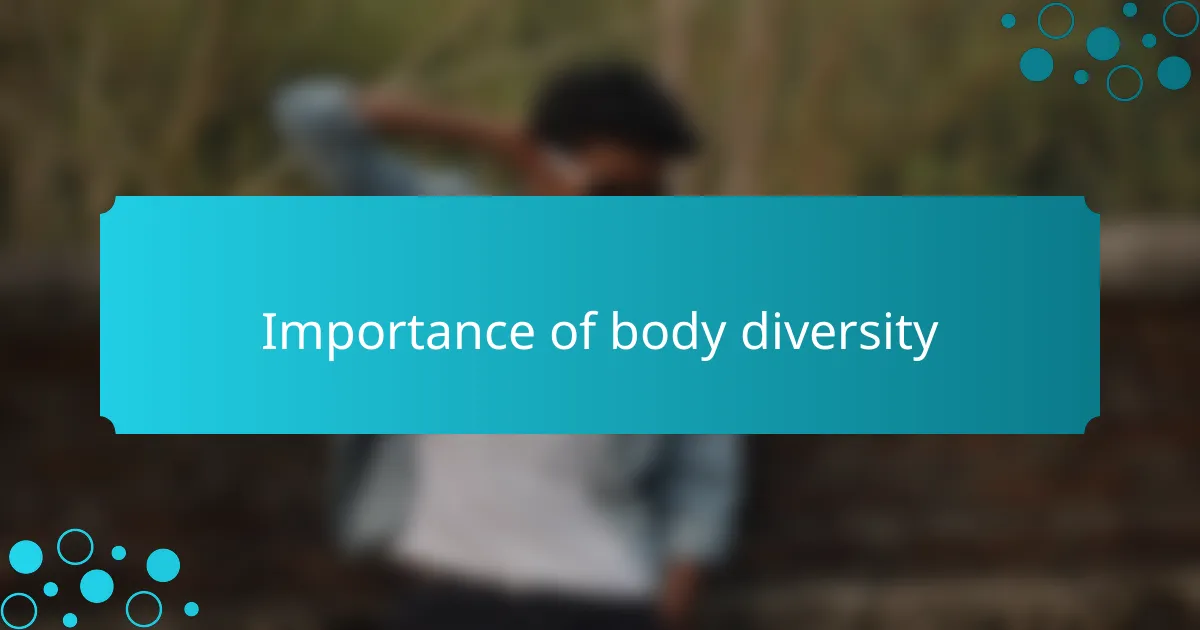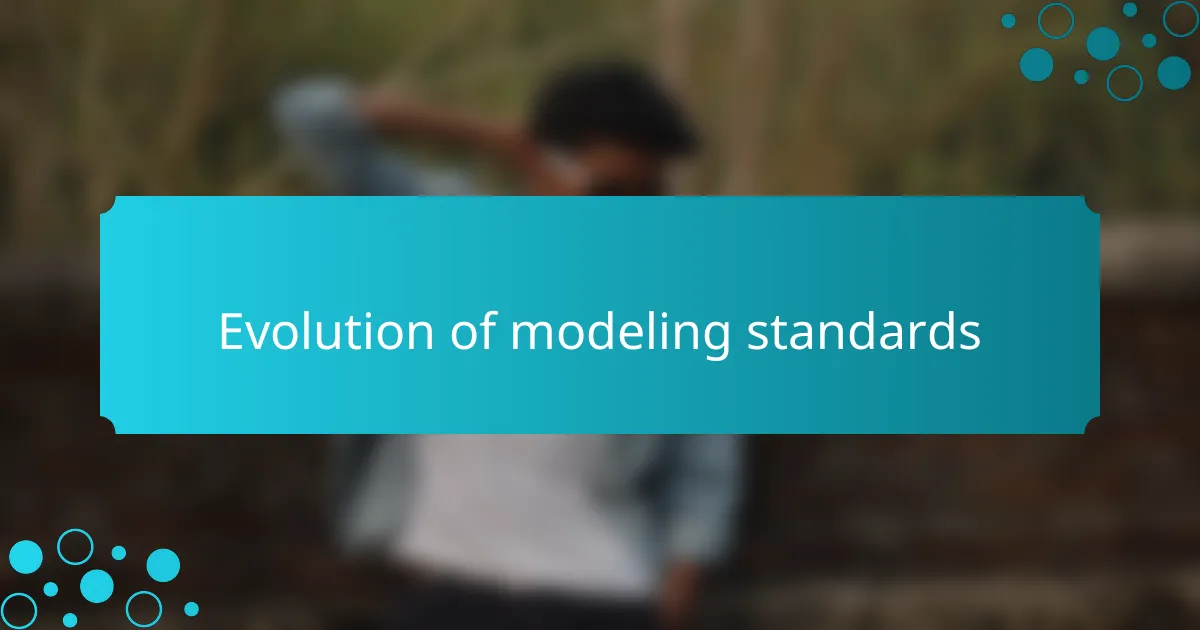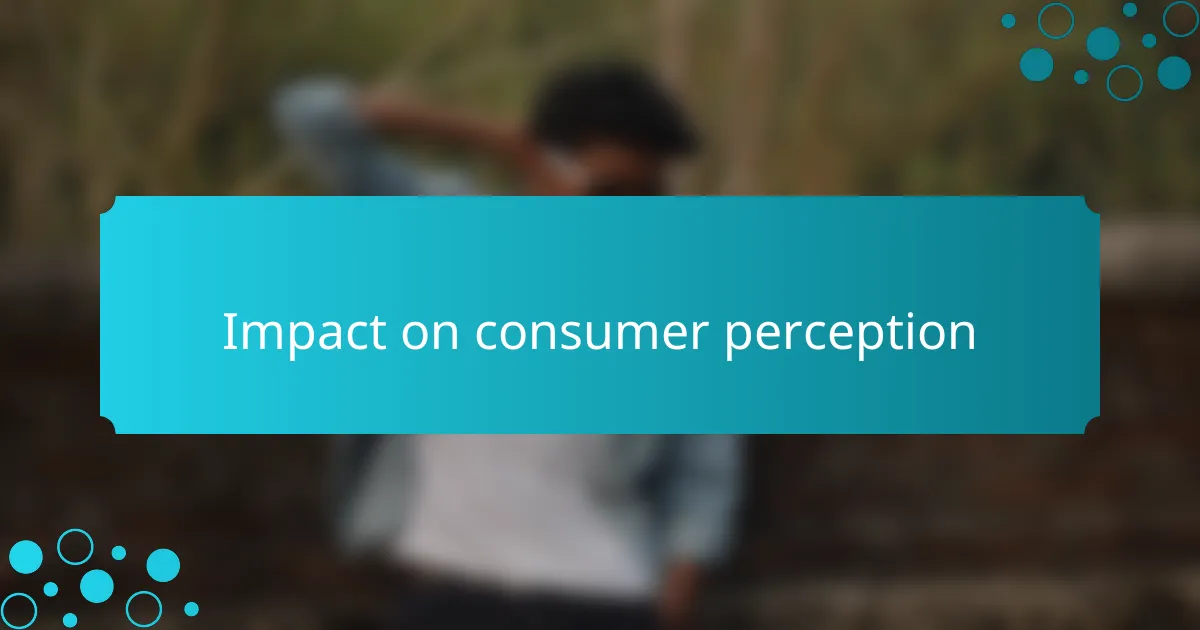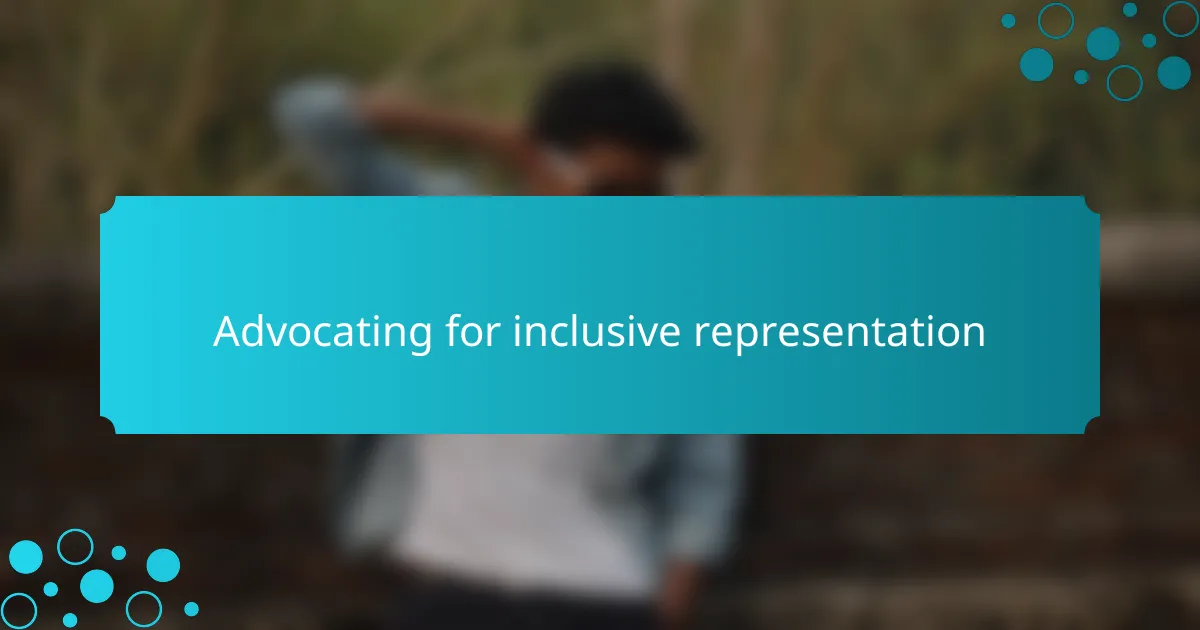Key takeaways
- Body positivity promotes acceptance of all body types, challenging narrow beauty standards and encouraging self-love and diversity.
- The modeling industry is shifting towards inclusivity, embracing diverse body types to better reflect real people and foster connection with consumers.
- Inclusive representation in fashion not only empowers individuals but also reshapes consumer perceptions and enhances brand loyalty.
- Personal journeys within the body positivity movement highlight the importance of self-acceptance and the strength found in celebrating one’s uniqueness.

Definition of body positivity
Body positivity is about embracing and accepting all bodies, regardless of their shape or size. It challenges societal standards that often glorify only a narrow definition of beauty. From my experience in the fashion industry, I’ve seen firsthand how this movement empowers individuals to shine with confidence, showcasing their uniqueness instead of conforming to unrealistic ideals.
The essence of body positivity isn’t just about self-acceptance; it’s a revolutionary stance that highlights diversity in beauty. I recall a personal moment when a model friend, who didn’t fit the conventional mold, walked a runway and received thunderous applause. It taught me that every body tells a story and has value, regardless of popular trends.
Key Elements of Body Positivity:
- Inclusivity: Acknowledges and celebrates all body types.
- Self-Love: Encourages individuals to appreciate their own bodies.
- Diversity: Highlights the beauty in differences among individuals.
- Mental Health Awareness: Recognizes the psychological impact of negative body image.
- Empowerment: Supports individuals in embracing their true selves without shame.

Importance of body diversity
Body diversity in modeling has become a critical conversation in the fashion industry, and from my perspective, it’s made an undeniable impact. When I see models of different shapes and sizes on the runway or in advertisements, it resonates with me on a personal level. It reflects the reality of everyday people, which makes fashion feel more inclusive and accessible.
Throughout my time in the industry, I’ve witnessed firsthand the shift towards embracing body diversity. This change not only empowers individuals but also reshapes consumer perceptions about beauty. A diverse range of body types allows everyone to find representation, which is essential in creating a more accepting environment.
- Celebrates individuality and encourages self-acceptance.
- Challenges societal beauty standards and promotes inclusivity.
- Expands the market to include brands that cater to diverse body types.
- Inspires confidence in individuals who see themselves represented.
- Creates a shift in how beauty is defined, moving away from a one-size-fits-all approach.

Evolution of modeling standards
The evolution of modeling standards has been nothing short of remarkable. I remember when the typical model was often confined to a specific size and look, making it challenging for many to relate. Over the years, I’ve seen a transformation where the industry began to embrace a broader spectrum of beauty, opening doors for models of all sizes. Isn’t it refreshing to see a variety of body types celebrated on the runway?
In my experience, the shift from rigid beauty ideals to more inclusive standards has created a ripple effect across fashion. For instance, I once attended a photoshoot where the entire team was genuinely excited about featuring models of different sizes and backgrounds. This experience highlighted how representation can uplift not just those in front of the camera, but everyone who sees themselves reflected in the work. How powerful is it that a single picture can make someone feel seen and valued?
As we navigate this ongoing evolution, I can’t help but think about the message it sends to future generations. With each step toward greater inclusivity, we challenge stereotypes and redefine what beauty can be. I often find myself hopeful that this trend will continue, allowing everyone to feel empowered in their own skin. Isn’t it inspiring to imagine a world where all bodies are celebrated?

Impact on consumer perception
Seeing a shift in consumer perception due to body positivity in modeling is truly remarkable. When consumers encounter models of various shapes and sizes, it resonates with them on a relatable level. I remember the first time I saw an ad featuring a plus-size model; it struck a chord in me. Suddenly, the clothes looked more attainable, as if they were made for someone I knew rather than a distant ideal.
Moreover, this evolution encourages individuals to embrace their bodies as they are. I’ve seen friends who once felt marginalized talk about feeling inspired to buy clothes they previously thought were out of reach. It’s a beautiful cycle: when consumers see diverse bodies, they feel affirmed in their own uniqueness, which in turn fuels demand for more inclusive representation. Isn’t it amazing how something as simple as visibility can create such profound change?
This newfound representation not only enhances consumer trust but also encourages brands to rethink their marketing strategies. I once attended a campaign launch where the marketing director shared that including diverse models increased their audience engagement significantly. Such examples clearly illustrate how consumer perception shifts towards brands that prioritize inclusivity. After all, we all crave connection and relatability—don’t you think?

Personal journey with body image
The journey with body image is personal and multifaceted. There was a time in my life when I struggled with accepting my own reflection. I remember staring into the mirror, critiquing every perceived flaw, thinking I needed to fit into one narrow definition of beauty. It wasn’t until I started to delve deeper into the body positivity movement that I began to shift my perspective.
As I ventured further into modeling, I had some eye-opening experiences that changed my view entirely. One memorable day, I was part of a photoshoot where the entire crew celebrated our diverse bodies. I vividly recall the warmth and support as we laughed and encouraged each other to embrace our uniqueness. That day, I realized that our differences are what make us beautiful, and I began to find strength in my own story.
Reflecting on this journey, I’ve come to appreciate the importance of self-love and acceptance. It’s a continuous process, and there are days when old insecurities creep back in. However, I now remind myself that embracing my body, with all its imperfections, is a powerful act. Isn’t it liberating to think that we can redefine what beauty means, one individual at a time?

Experiences in the modeling industry
In my journey through the modeling industry, I have witnessed a spectrum of body types and how they are perceived by both clients and the audience. While I have often felt pressure to conform to certain ideals, I’ve also come across models who challenge those norms and push for representation. I remember working with a model during a fashion week event who proudly embraced her curves, inspiring me to embrace my own body more fully and to advocate for diversity in the field.
Throughout my experiences, I have observed several key aspects of the modeling industry related to body positivity:
- The evolving definitions of beauty: More clients are starting to prioritize unique body types over traditional standards.
- The role models: Models with diverse figures are influencing younger generations, showing them beauty comes in all shapes and sizes.
- Increasing demand for inclusivity: Brands are beginning to understand that body diversity resonates with audiences and boosts their sales.
- The power of social media: Platforms like Instagram allow models to share their journeys, fostering a community that celebrates all bodies.
- Personal transformations: Many models, including myself, find strength and confidence through self-acceptance, which often translates into our work on the runway and in photoshoots.

Advocating for inclusive representation
Advocating for inclusive representation in fashion modeling has become increasingly vital. I remember when I first noticed the shift in advertising campaigns that featured diverse body types; it felt refreshing to see models that reflected real people. This change not only promotes body positivity but also creates a sense of belonging for individuals who previously felt excluded from the beauty narrative.
It’s important to recognize that when brands embrace inclusivity, they foster a deeper connection with their audience. I’ve seen friends finally express their unique styles with confidence, thanks to brands showcasing models who look like them. This representation serves as a powerful reminder that beauty can be found in all shapes and sizes.
| Traditional Representation | Inclusive Representation |
|---|---|
| Often champions a narrow beauty standard. | Celebrates diverse body types and sizes. |
| Can alienate individuals who don’t fit the mold. | Fosters a sense of belonging for a wider audience. |
| Lacks authenticity in emotional connection. | Enhances brand loyalty through relatability. |



